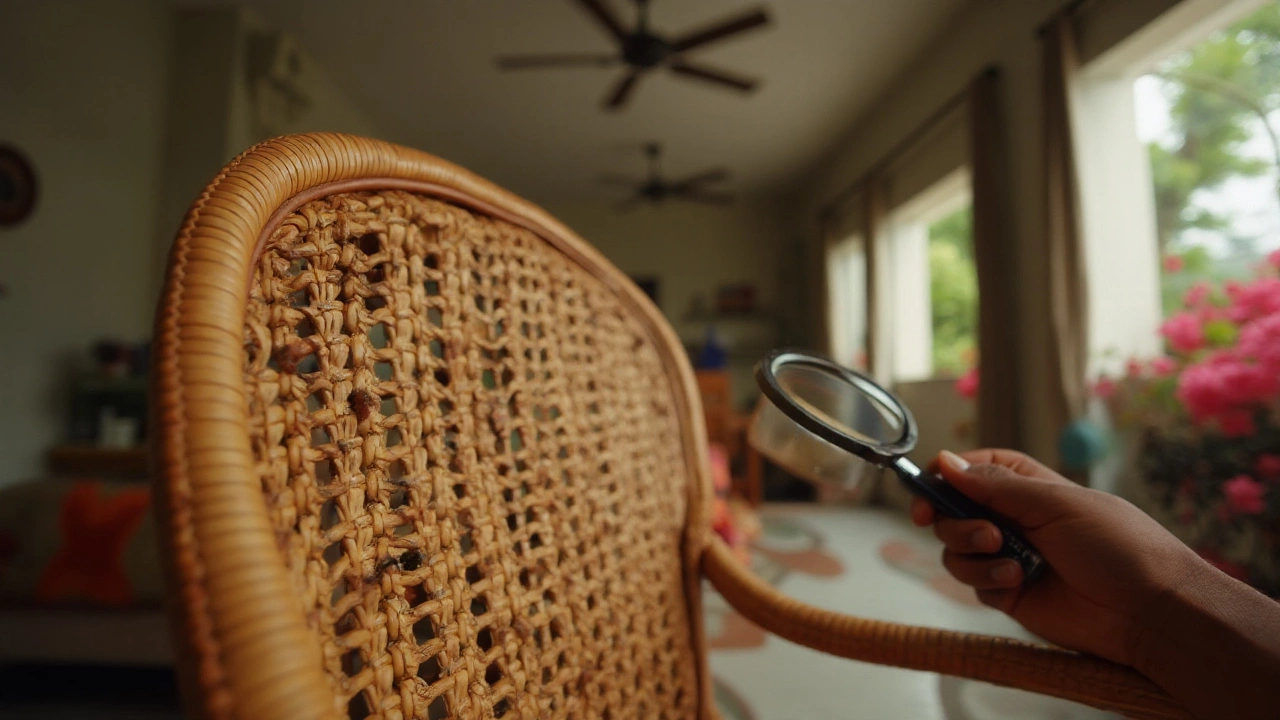Bed Bug Treatment: Quick Ways to Kill Those Pests
If you’re scrolling at night and see tiny reddish spots on your sheets, you’ve probably met bed bugs. They’re small, hard to see, and love to hide where you sleep. The good news? You don’t need a science degree to get rid of them. This guide walks you through the easiest steps to treat a bed‑bug infestation.
Spot the Signs First
Before you grab any product, make sure you actually have bed bugs. Look for these clues:
- Small, dark spots (their excrement) on mattress seams.
- Blood stains on pillowcases after a night bite.
- Live bugs about the size of an apple seed, usually hidden in cracks.
If you see two or more of these, it’s time to act.
DIY Treatment Steps You Can Do Today
1. Declutter and Vacuum. Clear the area around the bed. Vacuum the mattress, box spring, bed frame, and floor. Empty the vacuum bag into a sealed bag and toss it outside.
2. Wash Everything. Strip the bed and wash all bedding, curtains, and any clothing that touched the bed in hot water (at least 120°F). Dry on the highest heat setting for 30 minutes.
3. Apply Heat. Bed bugs die above 115°F. If you have a steamer, run it over seams, folds, and the back of furniture. For larger rooms, a portable heater can raise the temperature enough for a few hours.
4. Use Insecticide Sprays. Look for products labeled for “bed bugs” and follow the label carefully. Spray cracks, baseboards, and the underside of the mattress. Repeat the treatment after a week to catch any newly hatched bugs.
5. Set Up Interceptors. Place small dishes with a smooth inner surface under each bed leg. Bugs climbing up get stuck, letting you see if the problem is still active.
When to Call a Professional
If you’ve tried the DIY steps for two weeks and still see bites or bugs, it’s time for a pro. Pest control companies have access to stronger chemicals and can treat hidden areas like wall voids and ceiling edges. They’ll also give you a guarantee and a follow‑up plan.
Professional treatment usually involves:
- Targeted sprays that penetrate deep cracks.
- Heat‑treatment trucks that raise room temperature uniformly.
- Monitoring devices to track any remaining bugs.
Prevent Future Infestations
After you’ve cleared the bugs, keep them away with these habits:
- Use mattress encasements that zip shut.
- Avoid bringing second‑hand furniture into the house without inspection.
- Vacuum regularly, especially in guest rooms.
- When traveling, keep luggage off the bed and inspect it before unpacking.
Bed bugs are stubborn, but with the right steps you can win the battle. Start with a good inspection, follow the DIY plan, and don’t hesitate to call an expert if you need a boost. Your sleep will thank you.
Can Bed Bugs Live in Wicker Furniture? Signs, Risks, and How to Treat It
Yes-bed bugs can live in wicker. Learn why wicker’s gaps are perfect harborage, how to spot signs, compare materials, and treat or prevent infestations.





